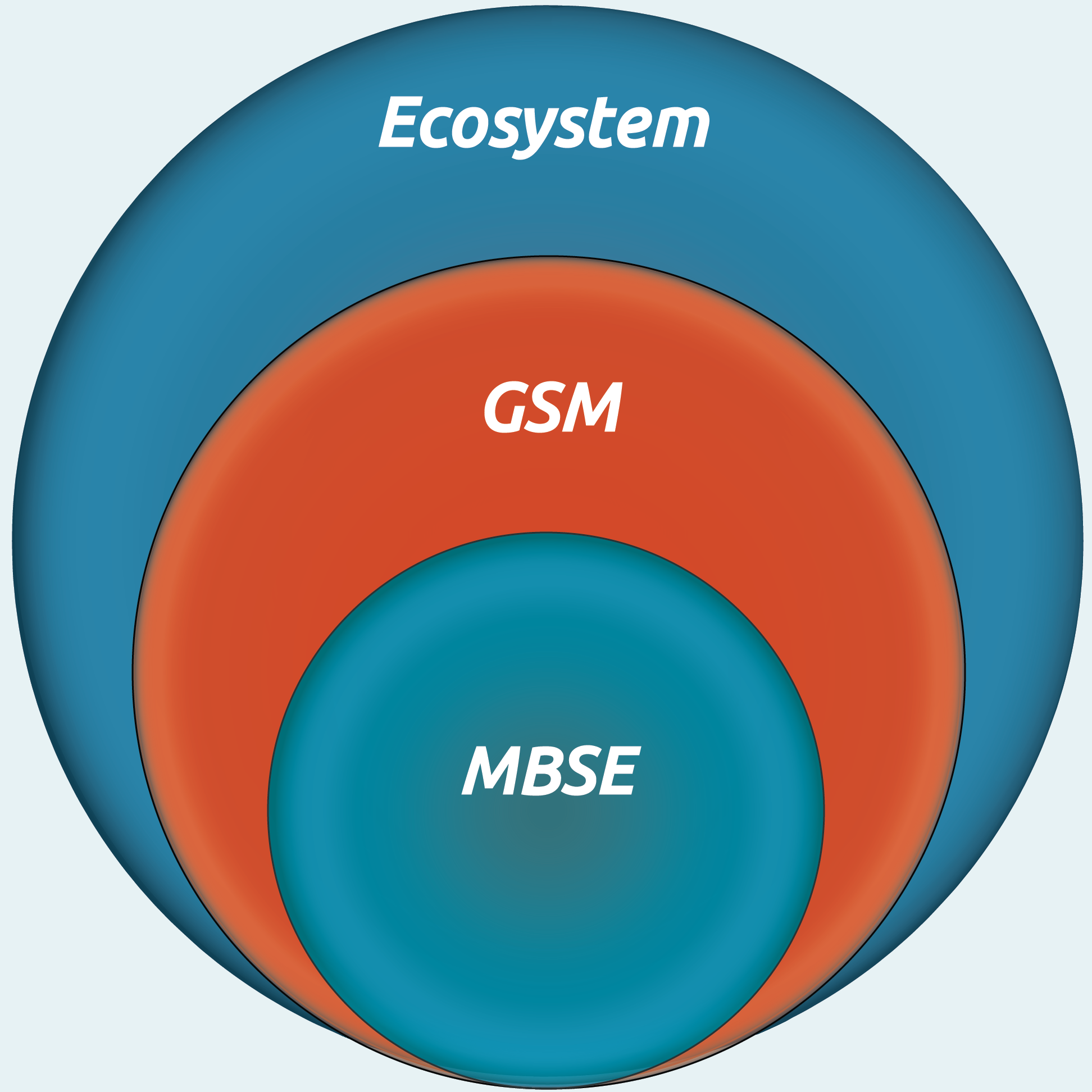The G2 Ops Gold Standard MethodologyTM is a process and developmental ecosystem based on proven Model-Based Systems Engineering (MBSE) practices and services.
G2 Ops’ Gold Standard MethodologyTM revolutionizes MBSE, empowering Navy warfighters with Cyber Ready solutions for NAVWAR and NAVSEA. This advanced approach slashes development timelines, enhances system resilience, and drives cost efficiencies, ensuring mission-critical systems excel in contested environments.
Our definitive MBSE framework sets the industry standard, delivering unmatched precision and automation for warfighter-focused engineering.
The Gold Standard MethodologyTM integrates decades of expertise, innovative processes, and cloud-native automation to provide a single source of truth for NAVWAR and NAVSEA stakeholders. It optimizes mission outcomes with standardized schemas, automated data workflows, and advanced analytics.
From accelerated ATO to robust cyber defenses, our methodology equips DoD systems with best-in-class practices, delivering faster, more secure, and cost-effective solutions that redefine engineering excellence.
G2 Ops’ Gold Standard MethodologyTM transforms MBSE, equipping Navy warfighters with Cyber Ready solutions for NAVWAR and NAVSEA. This cutting-edge approach accelerates development, fortifies system resilience, and optimizes costs, ensuring mission-critical systems thrive in contested environments.
Our industry-leading MBSE framework delivers unmatched precision and automation, redefining warfighter-focused engineering excellence.
The Gold Standard MethodologyTM blends proven expertise, streamlined processes, and cloud-native automation to serve as a single source of truth for NAVWAR and NAVSEA stakeholders. It enhances mission success through standardized schemas, automated workflows, and advanced analytics.
From rapid ATO to resilient cyber defenses, our methodology empowers DoD systems with best-in-class practices, delivering secure, efficient, and cost-effective solutions that set a new standard for engineering innovation.
G2 Ops’ Gold Standard MethodologyTM (GSM) Developmental Ecosystem redefines MBSE, empowering NAVWAR and NAVSEA warfighters with Cyber Ready systems. This integrated lifecycle blends best-in-class MBSE practices, INCOSE standards, and cloud-native automation to deliver secure, mission-critical solutions. Our standardized schema accelerates model development, ensuring resilience and rapid ATO in contested environments.
This ecosystem drives precision and efficiency, providing NAVWAR and NAVSEA stakeholders with a single source of truth. It optimizes warfighter missions through robust analytics, streamlined processes, and reduced development timelines, setting a new benchmark for DoD engineering excellence.

Model-Based Systems Engineering (MBSE)
Gold Standard MethodologyTM (GSM)
GSM Ecosystem (GSME)
*****
Learn about Model-Based Systems Engineering, Cybersecurity, and Cloud Engineering at G2-Ops.com.